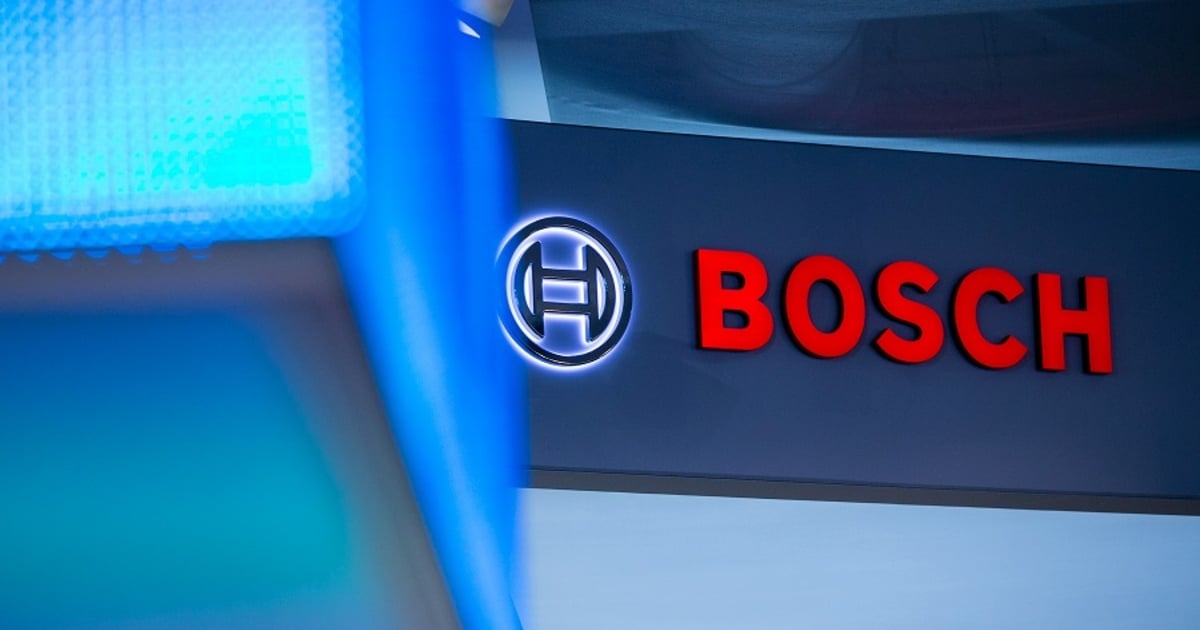
A car accident involving a Robert Bosch engineer sparked an idea that could cut down on the severity of similar crashes.
In 2019, Rameez Ahmad, an engineering manager at Bosch USA, was traveling in Pakistan with friends from college when a motorcycle hit the passenger side of their vehicle. No one was hurt, but the accident drove home to Ahmad how serious, dangerous and common such collisions are.
“Off-zone” side collisions, as they are referred to, often occur corner-to-corner as vehicles change lanes or pass through intersections, according to Bosch, the world’s largest parts supplier. They can occur with little warning, and the impact can be catastrophic depending on the size and speed of the vehicles.
“Even though I had a minor accident, I could imagine if it was a major accident with more speed or a bigger vehicle, the impact could be devastating,” Ahmad told Automotive News. “That triggered to me and the team to rethink how to provide a solution.”
Their solution would become Bosch’s Off-Zone Crash Detection system, which began its rollout this year. The system allows for faster deployment of safety systems, such as airbags and seat belt tensioners, to protect a vehicle in such collisions. Bosch’s system allows those systems to be deployed within one millisecond of the crash.
The new technology uses existing sensors and software already in the vehicle.
Ahmad and his team developed an algorithm that can be integrated into existing systems, helping to keep costs low and speed up the technology’s rollout.
“I give Rameez and his team a ton of credit,” said Richard Nesbitt, vice president of electronic stability programs for Bosch Chassis Systems North America. “It probably would’ve been easier to add sensors or do this or do that. But to really come up with a solution that’s purely software, leveraging all of his software expertise in the team — that’s the key for us to bring value to the market.”
Ahmad and his team began to iron out proposals for the system by the second half of 2019, with the idea of finding a way to build it up without needing to add more sensors. It also required Bosch to work with its customers to calibrate the system and to make sure it’s effective.
“We started development at that phase, but of course we collaborated with the OEM that we are going to launch this with, and that required some additional work there,” Ahmad said. “It’s been in development for a few years now.”
Bosch did not name the automaker it worked with.
The rollout of the new system comes as Bosch reorganizes to focus more heavily on software as a revenue driver. The company intends to give its Bosch Mobility unit more autonomy within its larger corporate structure. starting Jan. 1, 2024, with expectations that the advanced technologies group will grow to $88 billion a year by 2029, up from about $58 billion in 2022, as the market for software grows in the coming decade.
“That’s a key driving force for us,” Nesbitt said. “If we can add value as it pertains to safety systems, protecting life or reducing injury, that’s a core value that we strive for. Then we can leverage our expertise in these sensors to really drive that value proposition with software solutions.”
Bosch ranks No. 1 on the Automotive News list of the top 100 global suppliers, with worldwide sales to automakers of $49.14 billion in 2021.